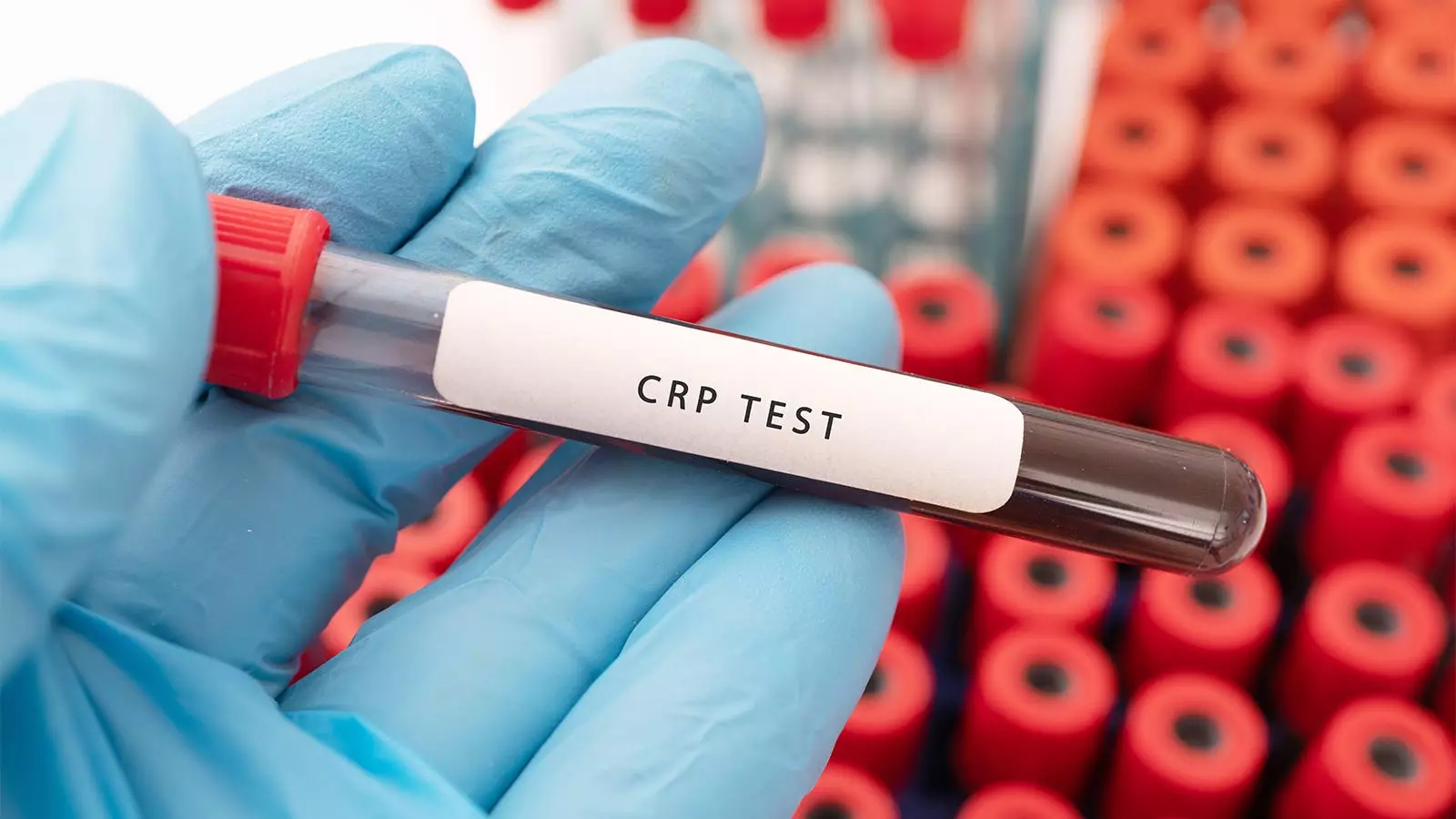Hidradenitis suppurativa (HS) represents a challenging and often debilitating skin condition that significantly impacts the quality of life of affected individuals. With the emergence of biologic therapies, particularly adalimumab (Humira), new avenues for treatment have arisen. Recent post hoc analyses of the PIONEER I and II trials have unveiled the potential of serum C-reactive protein (CRP) levels as a predictive marker for patient responses to adalimumab treatment. This article delves into the findings of this analysis, discusses their implications for clinical practice, and examines the need for further research into effective treatment strategies for HS.
In a detailed investigation led by Dr. Alexa B. Kimball and her team at Beth Israel Deaconess Medical Center, the researchers observed key correlations between baseline CRP levels and treatment outcomes. The analysis included a cohort of 588 patients, predominantly adults with moderate to severe HS. They noted that those presenting with elevated CRP levels (greater than 0.30 mg/dL) demonstrated lower odds of clinical response to adalimumab. Specifically, the odds ratio (OR) for clinical response decreased to 0.53, indicating a significant reduction in therapeutic effectiveness for patients with higher inflammatory markers. This finding aligns with the clinical understanding that HS often occurs amidst systemic inflammation and obesity.
While the drug remained effective even among patients with elevated CRP, the relationship was not linear; each increment increase in CRP resulted in a slight decrease in the likelihood of a positive response. Thus, patients in the highest range of CRP (equal to or above 2.81 mg/dL) faced a staggering 30% reduction in treatment response prospects. These insights prompt an essential conversation on how healthcare providers should approach treatment strategies based on laboratory findings.
The implications of the study stretch beyond mere statistics; they carry substantial weight in real-world clinical decision-making. As Dr. Danilo C. Del Campo pointed out in the context of this study, while the correlation of CRP with disease severity and systemic inflammation makes it a logical predictor of treatment response, most practitioners are not utilizing CRP in a decisive manner when prescribing adalimumab. The current standard practice, as echoed by multiple dermatologists, involves initiating treatment without consideration of CRP levels, reassessing the effectiveness post-treatment instead.
Adopting a nuanced approach based on CRP levels could revolutionize the management of HS. For instance, identifying patients with high CRP could lead clinicians to consider alternative or adjunct therapies, such as weight-based dosing of adalimumab or the incorporation of combination therapies that target systemic inflammation—an aspect that has not yet been widely standardized in practice. Additionally, clinicians might explore other biologics if initial treatment proves ineffective.
Despite the intriguing observations made in this analysis, several limitations warrant consideration. The post hoc nature of the study means that it was not initially designed to evaluate CRP as a predictive biomarker, which calls into question the robustness of its conclusions. Although the findings are compelling, there remains a critical need for prospective studies that can reliably determine under what conditions CRP levels may indicate resistance to therapy.
Furthermore, the racial disparities highlighted in the study raise additional concerns. With only 13% of participants identifying as Black, there is a glaring absence of representation within this population, which is known to experience HS more severely. This limitation suggests that findings from this study require further validation across diverse demographic groups to establish the generalizability of CRP as a biomarker.
Moving forward, emphasis should be placed on refining treatment protocols for HS based on emergent biomarkers like CRP. Researchers advocate for a more personalized approach to treatment, wherein biomarkers guide initial decisions on whether to initiate or escalate therapy. This could ultimately lead to better management of HS and improved outcomes for patients.
Moreover, exploring the interplay between CRP levels and other interventions, such as dietary modifications or pharmaceutical adjuncts, like metformin or GLP-1 agonists, could provide new insights into integrated treatment plans. Awareness of the effects of combined therapies, coupled with the identification of specific resistance markers, will fortify clinical efficacy and patient satisfaction.
The emerging association between CRP levels and response to adalimumab in hidradenitis suppurativa treatment opens new doors for healthcare providers in personalizing therapeutic strategies. However, one must remain cautious and aware of the challenges presentently hindering the widespread application of these findings. Continued research and a commitment to informed clinical practice will be paramount in navigating this complex landscape.


Leave a Reply